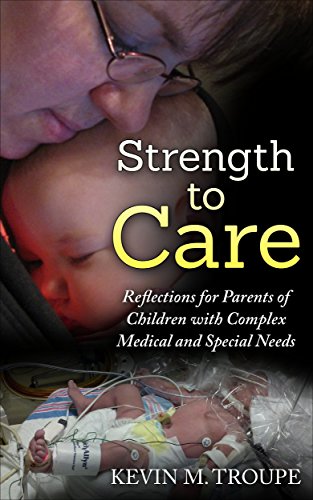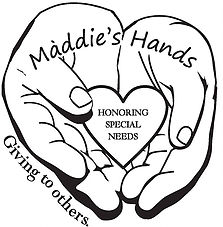Congenital Atresia, the absence of the external ear canal, is a birth defect which is almost always accompanied by abnormalities of both the middle ear bones in various degrees, as well as the external ear. When it occurs in both the newborn’s ears, the pediatrician must readily refer the child to both a facial plastic surgeon and an ear surgeon, as well as an audiologic team.
The degree of hearing loss brought about by the atresia must be evaluated immediately. If both ears are affected, early hearing aid fitting is called for. Using a bone type of hearing aid which bypasses the obstruction, vibration on the bone allows for the normal development of speech in the child.
Congenital Microtia, also a birth defect, is an abnormal condition in the growth of the external ear. These are classified by degree. They can vary from minor abnormalities of the helical ear folds to a marked absence of ear development. The presence of a small tag of skin and cartilage may be the only indication of an external ear.
The Congenital Ear
Repair of congenital microtia requires the coordinated efforts of both facial plastic surgeon and ear surgeon. Reconstruction of the microtic ear is usually delayed until the child is four to five years old. At that age, cartilage from the rib is used to reconstruct the external ear. Several operations may be necessary. The ear surgeon will usually delay reconstruction of the external auditory canal, (i.e. correction of the atresia), until the initial phases of the microtia repair are completed.
Microtia does not always occur along with atresia. Isolated atresia can occur in an ear which appears normal. Microtia repair falls under the province of the facial plastic surgeon, so a complete explanation of this surgery will not be offered here. Microtia is a most obvious abnormality. Any child with microtia should be seen early by an ear surgeon in order to coordinate the procedure between the facial plastic surgeon and ear surgeon. In addition, testing for hearing in both ears is indicated early, using Brain Stem Evoked Response Audiometry. This testing must be done early to determine the adequacy of hearing in the “normal” ear, as well as to confirm whether it is really normal.
Congenital Atresia
Congenital artesia can occur without the usual congenital abnormalities of the external ear. Classically, however, atresias occur in conjunction with some deformity or microtia. The degree of microtia or external deformity does not always indicate the degree of abnormalities of the middle ear. A rough estimate of the degree of middle ear abnormalities can usually be made based on the degree of microtia, because both the external ear and the ear canal and bones of hearing occur in pregnancy at about the same time. The ear surgeon should be consulted early, although a commitment for a surgical procedure for correction of the child’s atresia usually need not take place until the child is four or five years old.
Summary
Over the past 40 years, correction of microtia and atresia of the ear has become an increasingly successful reality for children born with this birth defect. Cases should be chosen appropriately and selectively. CT Scanning is extremely important in the accurate assessment of the development of the middle ear space. If the middle ear space is totally or almost completely absent, then surgery is usually not advisable. Alternative procedures such as implantable bone conduction hearing aids have been found to be an excellent option as well.
For full page click below
http://www.earsurgery.org/conditions/congenital-atresia/
What are the different types of Microtia?
Microtia occurs in many different variations, ranging from just a small ear to complete absence of the ear, called anotia meaning “no ear.” In some cases, the ear canal is very small (aural stenosis) or absent (aural atresia).
How Common is Microtia?
Microtia occurs about once in every 6,000 to 12,000 births, with a higher frequency among Hispanics, Asians, Native Americans, and Andeans.
http://microtiaearsurgery.com/microtia-atresia-conferences-2016
http://earcommunity.com/microtiaatresia/
https://www.facebook.com/Microtia-and-Atresia-Support-Group-118851728152174/
Make Communication the Focus for Parents of Children Newly Identified With Hearing Loss
“The most important role for the family of an infant who is deaf or hard of hearing is to love, nurture and communicate with the infant.” –Joint Committee on Infant Hearing
Parents of children newly identified with hearing loss—especially infants identified at birth—must deal with the diagnosis, follow-up care and amplification recommendations. Eventually, they realize they need to use an alternate method of communication with their child. They probably turn first to their pediatric audiologist. As the family goes through the process of additional tests, confirming hearing levels and picking out hearing aid(s) or cochlear implant(s), the audiologist also usually provides counseling on communication options.
http://blog.asha.org/2016/05/03/just-communicate/#comments


